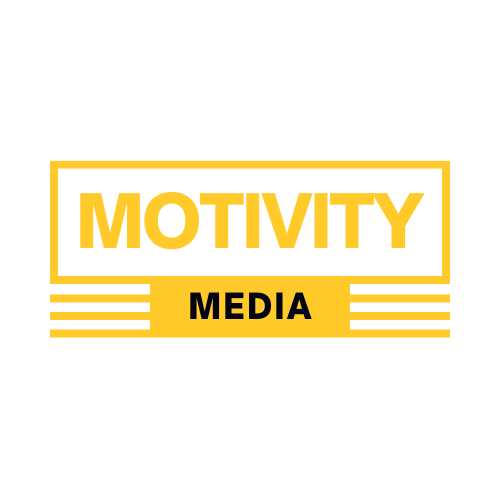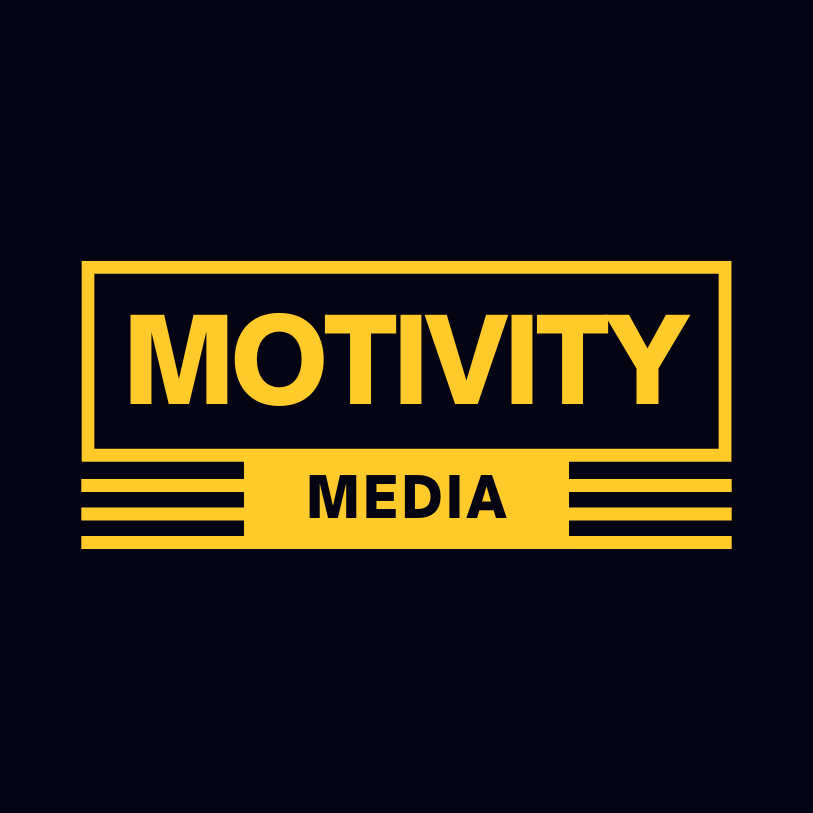The Science of Humor
While leadership is often associated with decisiveness, vision, and strategic brilliance, humor is an often-underrated quality that can lighten the road to success. When wielded deftly, humor can transcend its fun-and-games image and become a potent tool in a leader's arsenal.
Research paints a compelling picture: effectively using humor can boost team morale, enhance communication, and drive productivity.
Let's explore the science behind the laugh and how leaders can leverage humor for impact.
The positive effects of humor in the workplace are well-documented. Researchers like Ziv (2008) and Martin (2003) show that humor fosters a more positive and relaxed work environment. This, in turn, reduces stress (Monticone et al., 2003), increases job satisfaction (Ziv, 2008), and enhances team cohesion (Barry & Brown, 2013). Laughter promotes trust and cooperation (Duncker & Waytz, 2011).
Beyond the feel-good factor, humor can also sharpen cognitive faculties. Studies by Isen and Bippus (2009) reveal that humor enhances creativity and problem-solving skills. A well-placed quip or lighthearted anecdote can break mental blocks and encourage divergent thinking, leading to innovative solutions.
But not all humor is created equal. A leader's use of humor should be a delicate art form, navigated with awareness and sensitivity. Research by Duffy (2001) identifies several types of humor to avoid: sarcasm and jokes that target or belittle others. These forms can create tension, hurt feelings, and damage interpersonal relationships, erasing any potential benefits.
Leaders who leverage humor effectively tend to employ what scholars like Peterson and Dutton (2001) call "affiliative humor." This humor fosters connection and camaraderie, often through self-deprecating jokes by the leader. Studies by Richardson (2005) and Gilson and Saks (2005) highlight the effectiveness of such humor in building rapport and boosting team morale.
The power of humor in leadership isn't just theoretical. Consider Winston Churchill, whose witty retorts kept spirits high during wartime. Or Indra Nooyi, former CEO of PepsiCo, whose use of humor in presentations disarmed and engaged audiences. These leaders demonstrate that humor isn't about laughs but about building trust, fostering creativity, and navigating difficult situations gracefully and empathetically.
Like any powerful tool, humor requires responsible use. Leaders must acknowledge cultural sensitivities, recognize individual humor preferences, and avoid humor that reinforces stereotypes or prejudices. Context is paramount: a joke that lands in a casual brainstorming session might bomb during a sensitive client meeting.
By understanding the science of humor and practicing it with sensitivity, leaders can tap into the power to create a more productive, engaged, and ultimately successful team.
References:
Barry, D., & Brown, W. J. (2013). Humor in the workplace: An investigation of team cohesion and leader humor use. European Journal of Work and Organizational Psychology, 22(5), 456-470.
Bippus, A. M. (2009). Humor in the workplace: Its effects on creativity and prosocial behavior. Humor, 22(3), 259-277.
Duffy, M. K. (2001). The relationship between leader humor styles and subordinate work attitudes and behaviors. Human Relations, 54(8), 1001-1032.
Duncker, D. G., & Waytz, A. (2011). Laughter as a relational lubricant. Psychological Science, 22(12), 1480-1485.
Gilson, R. L., & Saks, A. M. (2005). The mixed effects of leader humor on follower creativity and performance. Journal of Management, 31(4), 504-525.

